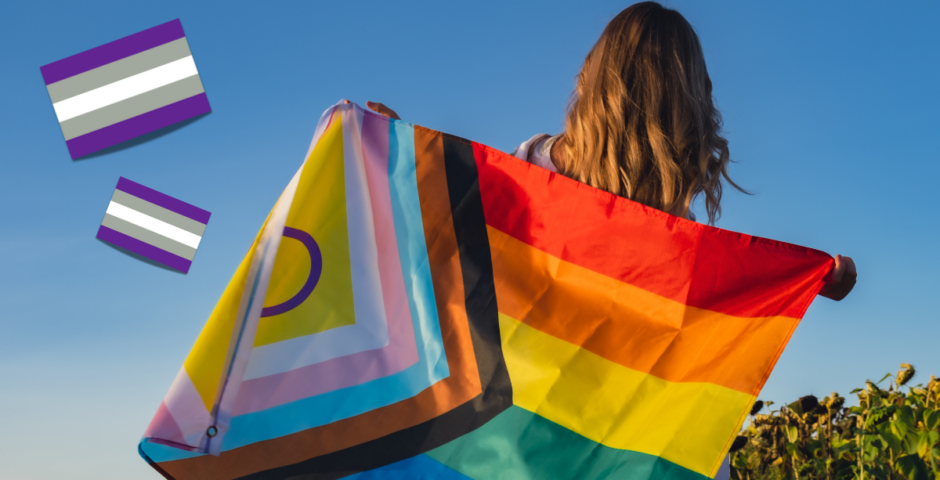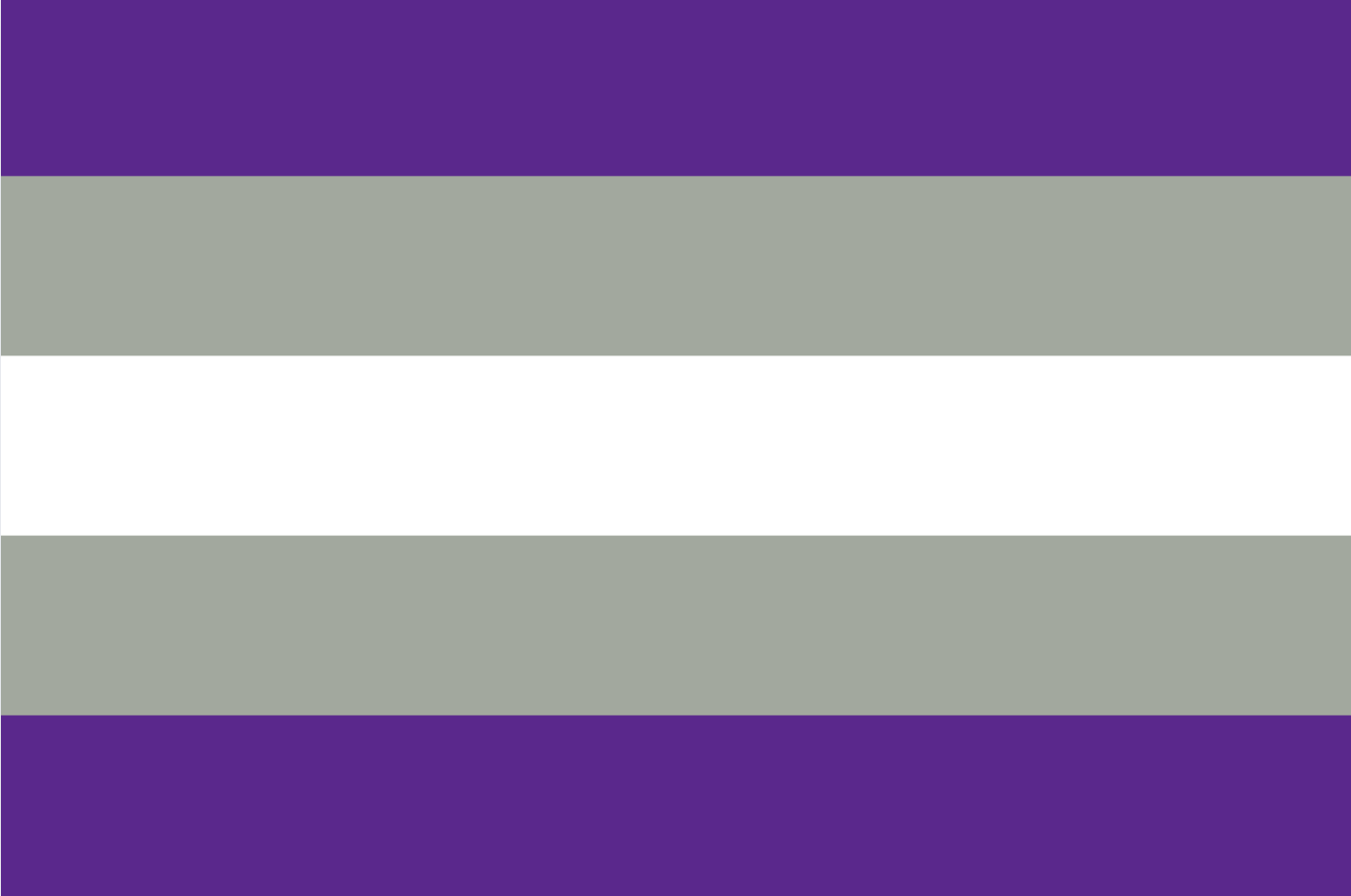
More and more people are identifying with greysexuality, but what does it actually mean?
No, it’s not the same as asexuality
According to numerous reports that came out this week, greysexuality is on the rise amongst young people.
I know it’s been said time and time again, but sexuality really is a spectrum. In theory, there are as many sexualities as there are people on the planet, simply because humans are complicated creatures. We each have our own likes and dislikes, and it’s rarely as cut and dry as “I like boys” or “I like girls.” We all sit on that spectrum somewhere, even if you don’t want to admit it.
Simply put, here’s a definition of greysexuality
As the name suggests, Greysexuality and those who identify with the greysexual label are typically people who see themselves in the “grey area” of the sexuality spectrum.
As per the Asexual Visibility & Education Network (AVEN), a greysexual person is *usually* “someone who identifies with the area between asexuality and sexuality.”
“For example, they may experience sexual attraction very rarely, only under specific circumstances, or of an intensity so low that [it] is ignorable and not a necessity in relationships,” it says.
As greysexual YouTuber Mark explained: “It helps people to understand that I do experience sexual attraction, I do have sex, I do enjoy sex and sexual fantasies, but I may experience them to a significantly lower degree than most people.”
So, it’s not the same as demisexual and asexual?

Credit: ITV
There might be some confusion surrounding the difference between greysexuality and other labels, such as demisexual and asexual.
Most Read
Asexual people are described as having little to no sexual attraction or feelings, while demisexual individuals are typically people who only get those spicy feelings after developing a strong emotional bond with a person. Demisexuals got their moment in the spotlight last year when Tulisa adopted the label in I’m A Celeb.
No two greysexual people are the same
As mentioned above, sexuality is a spectrum. Yes, straight people, bisexual people, and gay people do exist, but there’s also a ton of other lived experiences.
But guess what? You don’t have to adopt or even buy into the label to respect other people. Even if your own feelings align with the experiences of Greysexuality, you don’t have to adopt the label. That’s the beauty of sexuality – it’s really for you and you alone.
What’s the flag for greysexuality?

Credit: Canva
The flag for greysexuality and greysexuals is as follows:
- Black: Represents asexuality, the absence of sexual attraction
- Gray: Represents gray-asexuality
- White: Represents allosexuality, the experience of sexual attraction
- Purple: Represents community
For more like this, like The Tab on Facebook.
Featured image credit: Canva





















